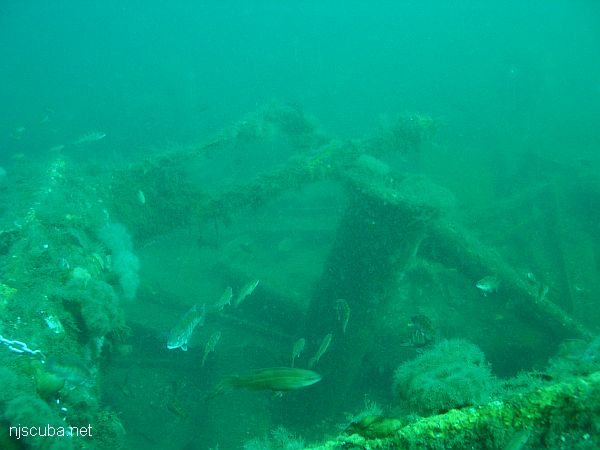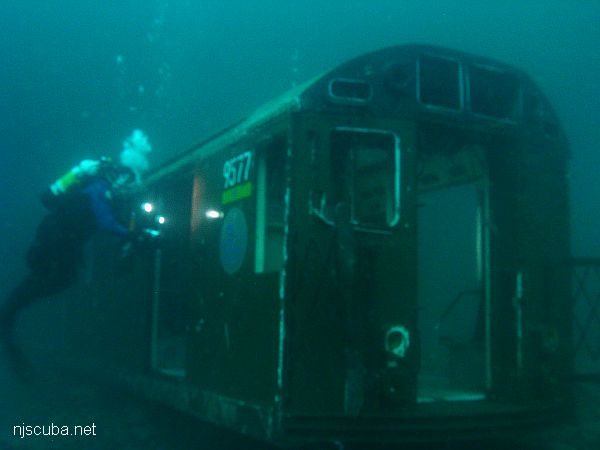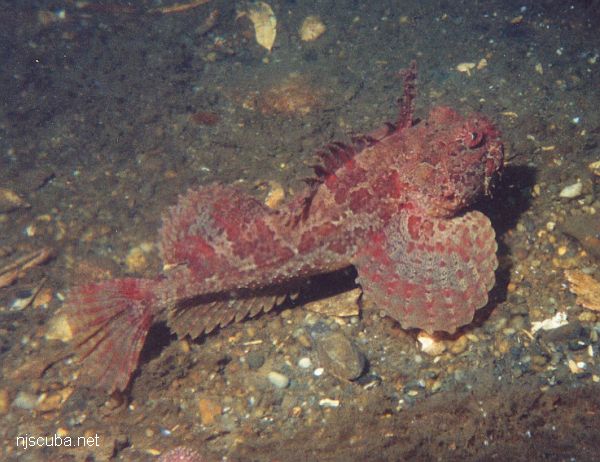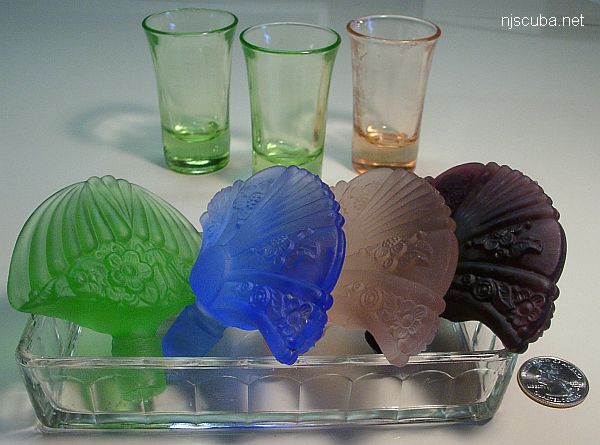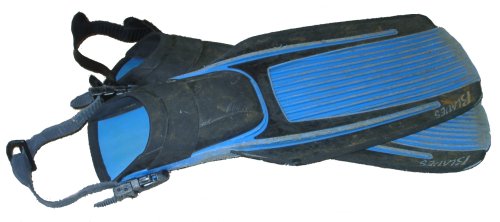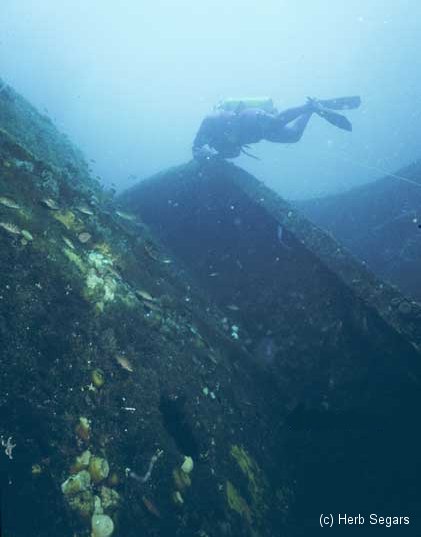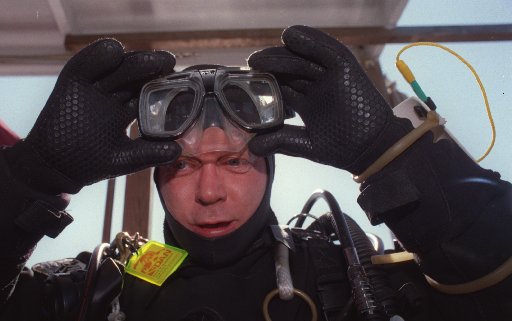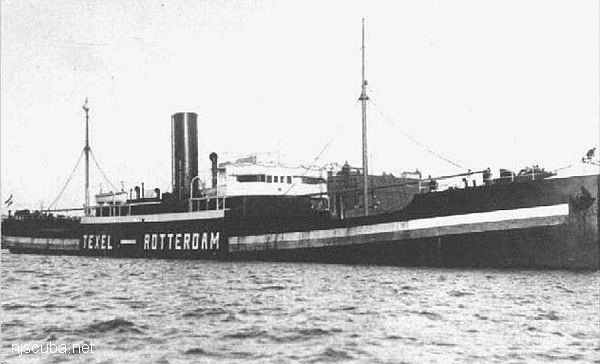Home
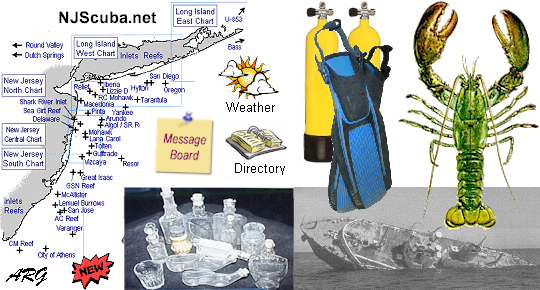
- Home ...
- Dive Sites ...
- Artificial Reefs ...
- Marine Biology ...
- Artifacts ...
- Gear & Training ...
- Blog ...
- Cozumel ...
Welcome to NJScuba.net, a website dedicated to exploring the New Jersey / New York region underwater -- "Wreck Valley". Here you will find information on dive sites, marine biology, artifacts and activities, gear and training, and many other subjects.
The menu changes depending on where you are. The search works very well - try it. The 'Random' link can take you anywhere. Pick a subject, and dive in !!!
You can easily get involved too - comments are open on all dive sites. Leave your trip reports and updates right there in the website. If you have something more you'd like to add, you can get in touch with me through the contact page.
